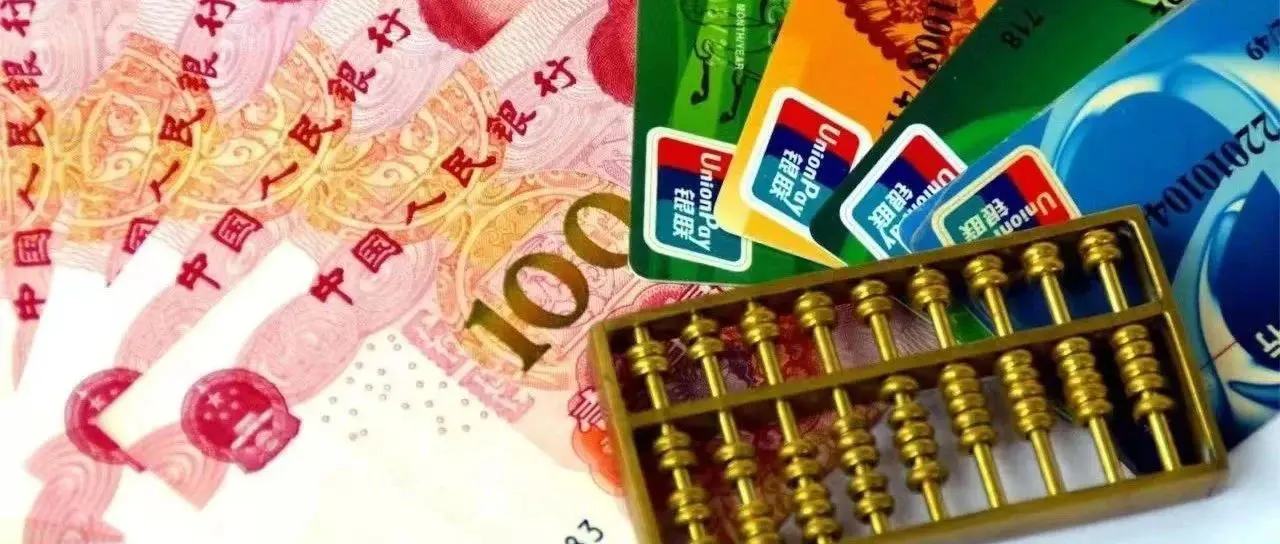The exchange rate of the Renminbi has continued to strengthen recently!

New users can click on "International Business Daily" to follow.
On the same day, both onshore and offshore renminbi exchange rates against the US dollar broke through the 7.1 mark during intraday trading. Data showed that the onshore renminbi exchange rate against the US dollar rose to a high of 7.09 during the session, marking its highest level since June 30 of last year. Meanwhile, the offshore renminbi exchange rate against the US dollar reached a peak of 7.10 during the day, hitting its highest point since July 5 of the previous year.
On [specific date], the People's Bank of China authorized the China Foreign Exchange Trade System to announce the central parity rate of the yuan in the interbank foreign exchange market. The rate was set at [specific number] yuan per US dollar, reflecting a depreciation of [specific number] basis points compared to the previous trading day's central parity rate of [specific number] yuan.
Regarding the recent fluctuations in the RMB exchange rate against the US dollar, Wang Qing, Chief Macro Analyst at Dongfang Jincheng, stated that since the beginning of this year, the appreciation of the RMB has been relatively moderate. The three major RMB exchange rate indices, including the China Foreign Exchange Trade System (CFETS), have shown a stable yet slightly declining trend, indicating that the depreciation pressure on the RMB is gradually easing. This will also contribute to building stronger resilience for the RMB exchange rate in the future.
Maintaining the basic stability of the RMB exchange rate at a reasonable and balanced level does not mean keeping the exchange rate of the RMB against the US dollar largely unchanged or fixed at a specific level. Rather, it refers to keeping the three major RMB exchange rate indices (against a basket of currencies) broadly stable and aligned with changes in economic fundamentals.
From a medium to long-term perspective, Wang Youxin, a senior researcher at the Bank of China Research Institute, analyzed that the RMB exchange rate has the foundation and conditions to remain basically stable at a reasonable and balanced level. The Chinese economy possesses tremendous development resilience and potential, with its long-term positive fundamentals unchanged. As incremental domestic policies continue to take effect and the economic structure is continuously optimized, the RMB exchange rate will receive strong support.
A recent annual macroprudential work conference held by the People's Bank of China revealed that by the end of the year, the yuan ranked as the world's fourth-largest payment currency and the third-largest trade financing currency, with its internationalization steadily advancing.
The latest data from the Society for Worldwide Interbank Financial Telecommunication (SWIFT) shows that in the month of this year, the Chinese yuan maintained its position as the fourth most active global payment currency by value, accounting for .%. Compared with the month of the previous year, the total payment value of all currencies increased by .%, while the total payment value in yuan increased by .%.
Lou Feipeng, a researcher at the Postal Savings Bank of China, noted that the active role of the renminbi in global payments reflects the confidence of domestic and international economic entities in China's economy. As a package of incremental policies is implemented and continues to take effect, confidence in China's economic recovery and growth has strengthened both at home and abroad, with macroeconomic indicators showing a marginal improvement trend.
Additionally, data recently released by the State Administration of Foreign Exchange shows that in [specific month and year], the net inflow of cross-border funds under goods trade reached a record high of [specific amount] billion USD for the same period in history. Foreign capital steadily recorded a net purchase of domestic bonds, maintaining stable willingness to hold RMB-denominated assets.
An official from the State Administration of Foreign Exchange stated that in recent years, China's foreign exchange market has continuously deepened, with enterprises enhancing their awareness and capability to hedge against exchange rate risks. The use of the renminbi in cross-border transactions has significantly increased, which can better mitigate external shocks and help make market transactions more rational and orderly.
